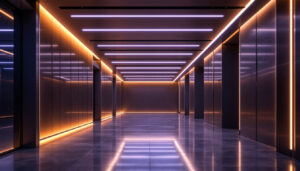
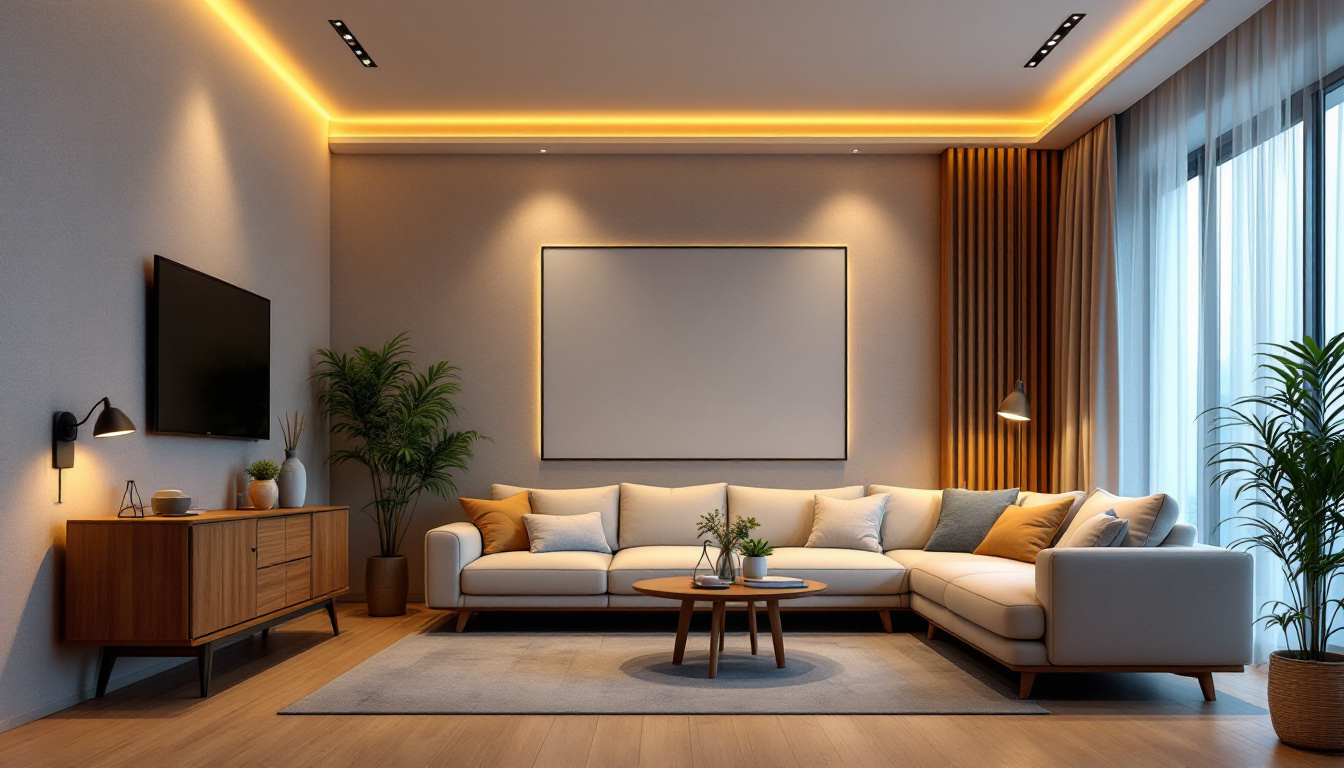
recessed lighting has become a staple in modern interior design, offering a clean and unobtrusive way to illuminate spaces. For lighting contractors, understanding the nuances of recessed lighting is essential for delivering high-quality installations that meet client expectations. This guide explores the best options available, key considerations for installation, and tips for choosing the right fixtures.
Recessed lighting, often referred to as can lighting or pot lights, involves fixtures that are installed into the ceiling, creating a streamlined appearance. These fixtures can provide general, task, or accent lighting, making them versatile for various applications. Their ability to blend seamlessly with the architecture of a space is one of the primary reasons for their popularity. Additionally, recessed lighting can enhance the perception of space, making rooms appear larger and more open, which is particularly beneficial in smaller areas or low-ceilinged rooms.
Another significant advantage of recessed lighting is its ability to create a layered lighting effect when combined with other types of lighting, such as floor lamps or wall sconces. This layering can add depth and warmth to a room, allowing for a more inviting atmosphere. Furthermore, the placement of recessed lights can be strategically planned to highlight architectural features, artwork, or specific areas of interest, further enhancing the overall aesthetic of the space.
There are several types of recessed lighting fixtures available, each designed for specific applications. The most common types include:
When selecting recessed lighting fixtures, several key features should be taken into account:
In addition to these features, it’s also important to consider the dimming capabilities of recessed lighting fixtures. Many modern recessed lights come with dimmable options, allowing for greater control over brightness levels and creating the perfect mood for any occasion. This is particularly useful in spaces like living rooms or dining areas, where lighting needs can vary significantly throughout the day and evening.
Finally, the installation process of recessed lighting can vary based on the type of fixture and the existing ceiling structure. Homeowners should be aware of the potential need for professional installation, especially when dealing with electrical components or complex ceiling designs. Proper installation not only ensures safety but also maximizes the effectiveness of the lighting, allowing for a beautifully illuminated space that meets all functional and aesthetic needs.
Selecting the appropriate recessed lighting involves understanding the specific needs of the space and the preferences of the client. Here are some considerations that can guide the decision-making process:
Before selecting fixtures, it is crucial to assess the space where the recessed lighting will be installed. Factors such as ceiling height, room size, and the intended use of the area all play a role in determining the type and number of fixtures needed.
For instance, in a kitchen, brighter lighting may be required for task areas, while a living room may benefit from softer, ambient lighting. The layout of the room can also influence how recessed lights are distributed to achieve optimal illumination.
Understanding client preferences is paramount. Some clients may prefer a minimalist look, while others may want fixtures that offer more decorative options. Discussing the desired ambiance and style can help in selecting fixtures that align with the overall design vision.
Additionally, consider the color temperature of the light. Warmer tones (around 2700K) can create a cozy atmosphere, while cooler tones (above 4000K) are often preferred in workspaces for their clarity and focus.
Proper installation of recessed lighting is critical for both functionality and safety. Following best practices can ensure a successful outcome and client satisfaction.
Before installation, planning the layout is essential. A well-thought-out layout will enhance the lighting effect and avoid any potential issues. A general rule of thumb is to space fixtures approximately 4 to 6 feet apart, depending on the beam spread and the height of the ceiling.
Using a mock-up or template can help visualize how the lights will look in the space. This step allows for adjustments before any cutting or installation begins, ensuring that the final result meets expectations.
Electrical safety is paramount when installing recessed lighting. Ensure that the fixtures are compatible with the existing electrical system and that all wiring meets local codes. It is advisable to use a dedicated circuit for recessed lighting to prevent overload and ensure consistent performance.
Additionally, consider using dimmer switches to provide clients with control over the lighting levels. This feature can enhance the versatility of the lighting and contribute to energy savings.
As energy efficiency becomes increasingly important, contractors should prioritize sustainable options when selecting recessed lighting. LED fixtures are at the forefront of this movement, offering significant energy savings compared to traditional incandescent bulbs.
LED recessed lighting offers numerous advantages that make it a preferred choice for many contractors and clients alike:
Many regions have implemented energy codes that require a certain level of efficiency in lighting installations. Familiarity with these codes can help contractors ensure compliance and avoid potential issues during inspections.
Using Energy Star-rated products can also enhance a contractor’s reputation, as these products are recognized for meeting strict efficiency guidelines. This can be a selling point for clients looking to reduce their environmental footprint.
Even experienced contractors can make mistakes during the selection and installation of recessed lighting. Being aware of common pitfalls can help ensure a smoother process and a better final result.
One of the most frequent mistakes is not considering the ceiling height when planning recessed lighting. Fixtures that are too close to the ceiling can create harsh shadows, while those placed too far apart may not provide adequate illumination. Always measure and plan accordingly to achieve the best lighting effect.
The trim of a recessed light can greatly affect both the aesthetics and performance of the fixture. Choosing the wrong trim can lead to poor light distribution or an unattractive appearance. It is essential to match the trim style with the overall design of the space.
Recessed lighting is an excellent choice for enhancing the aesthetics and functionality of various spaces. By understanding the different types of fixtures, key features, and installation best practices, lighting contractors can provide clients with exceptional results that meet their needs.
As the demand for energy-efficient solutions continues to grow, staying informed about the latest trends and technologies in recessed lighting will be crucial for contractors. By prioritizing quality, efficiency, and client satisfaction, contractors can establish themselves as trusted experts in the field of lighting design.
In summary, the right approach to recessed lighting can transform a space, making it more inviting and functional. Whether working on a residential project or a commercial installation, the insights provided in this guide will help lighting contractors navigate the complexities of recessed lighting with confidence and expertise.
Ready to elevate your lighting projects with the best recessed lighting options on the market? Look no further than LumenWholesale. We provide lighting contractors with top-notch, specification-grade lighting products at unbeatable wholesale prices. With our direct approach, you avoid unnecessary markups and enjoy superior lighting products that meet the highest industry standards. Plus, our hassle-free bulk buying and free shipping mean you get the premium lighting you need at the best value — all without hidden fees or compromises. Transform your spaces with the quality, affordability, and convenience offered by LumenWholesale. Wholesale Lighting at the Best Value.

Discover essential tips and best practices for lighting contractors on installing and maintaining ceiling light fan switches.
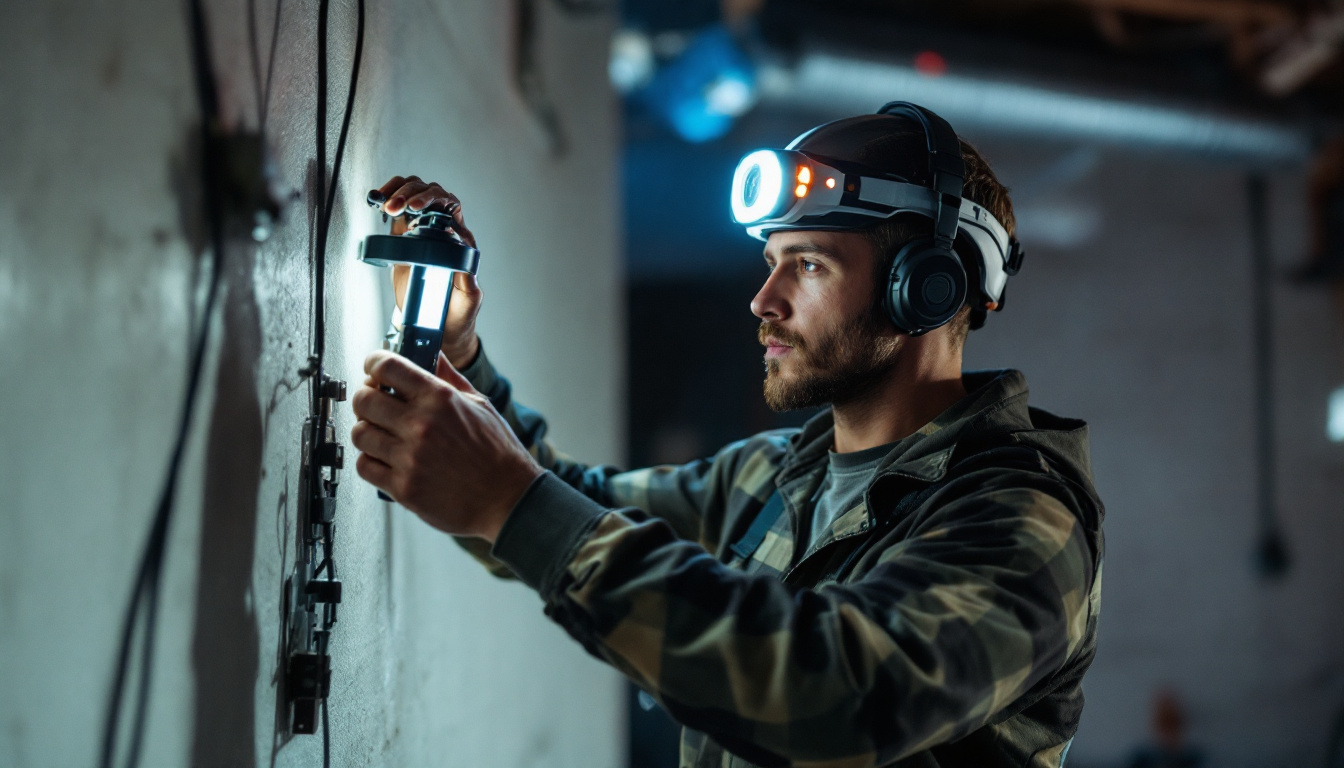
Discover how Light Head Light Head technology revolutionizes lighting installation projects by enhancing efficiency, precision, and design flexibility.
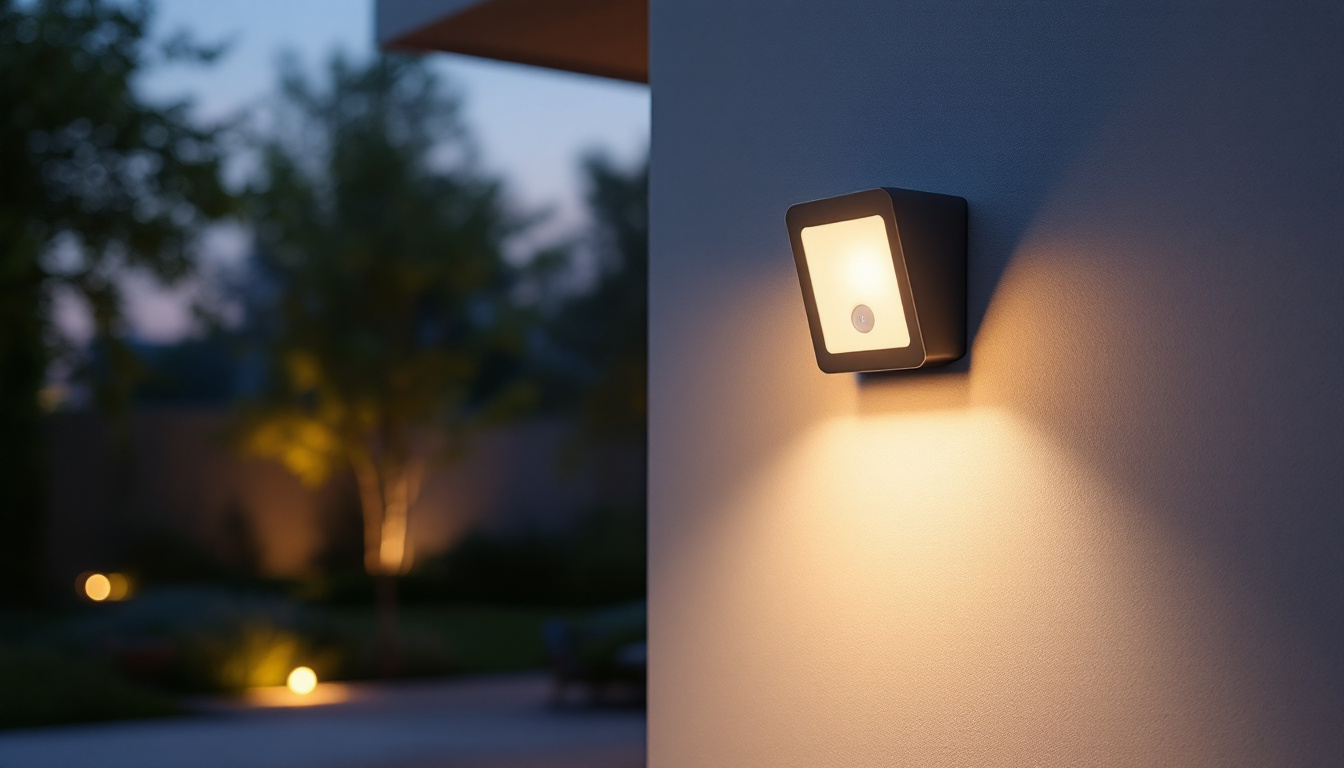
Discover the essential guide for lighting contractors on outdoor lights with motion sensors.
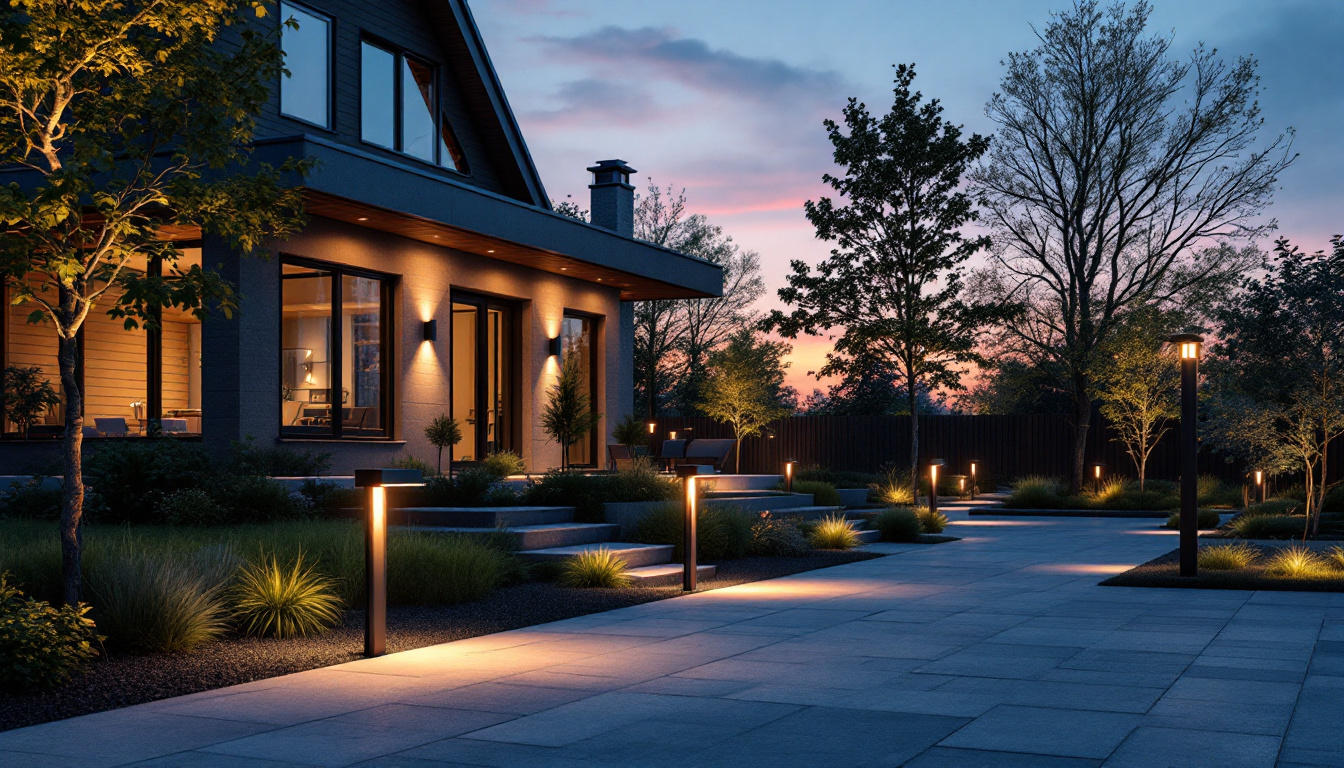
Discover the latest trends in outdoor flood lighting that every lighting contractor needs to know.
Get notified when NEW deals are released.
Optimize your budget with wholesale discounts.
Only top-quality, specification-grade lighting products.
No additional costs at checkout - what you see is what you pay.
We understand the unique needs of contractors.